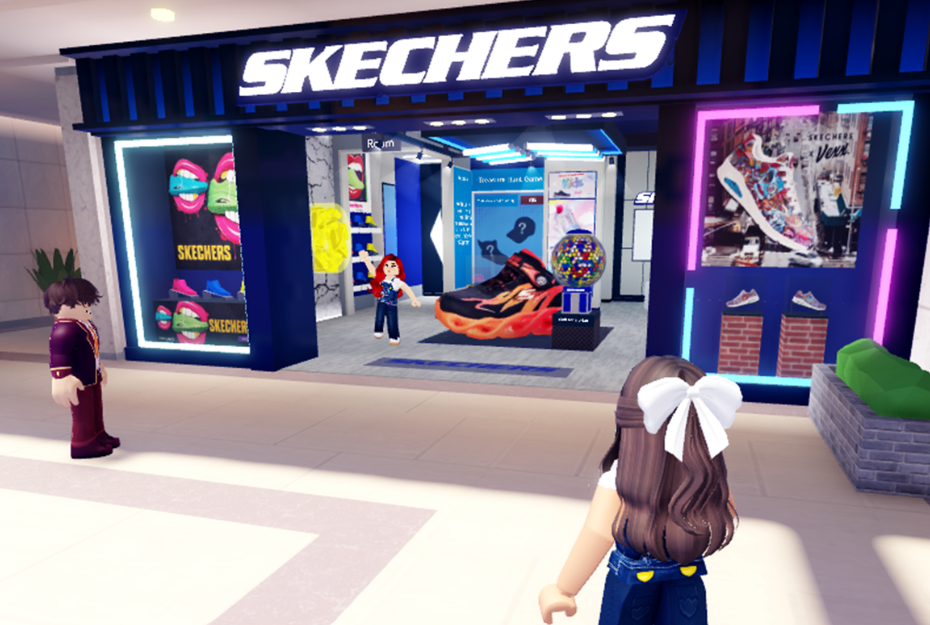KEY POINTS
Footwear giant Skechers has stepped into the metaverse, launching its first virtual store.
Created in collaboration with media solutions firm Super League and gaming developer Century Games, the digital storefront finds its home within Roblox Livetopia’s Topia Mall.
Inside this virtual shop, visitors can explore a range of Skechers’ popular products and even try them on virtually. The experience goes further with a treasure hunt, offering exclusive digital items from Skechers and the chance to put together outfits inspired by the brand’s offerings.
In its first five weeks, the virtual store has seen significant activity, with 3.4 million visits, 4 million try-ons, and nearly 45 million impressions, as revealed in a press release.
With this move, Skechers aims to attract new audiences and younger demographics, while also underscoring its commitment to innovation and technology.
Michael Greenberg, president of Skechers, explained, “Our activation in Topia Mall is yet another example of how we seek to connect and engage with our fans on the platforms where they socialize, from social media and gaming to immersive metaverses.”
While this marks Skechers’ first venture into Web3 technologies, other industry players have already dipped their toes into the domain.
Last December, Adidas launched virtual pop-up stores in the Roblox metaverse to showcase its spring 2024 collection. Similarly, Reebok recently introduced “Reebok Impact,” AI-customized digital sneakers compatible with various metaverse platforms.
The convergence of fashion and Web3 technologies has become increasingly evident, particularly appealing to younger consumers. A recent report by Roblox found that 84% of respondents are likely to consider a brand in the physical world after experiencing it virtually. Additionally, 56% prefer styling their avatars over their physical appearance.
With the ongoing evolution of these technologies, this trend is expected to continue growing. Technavio projects that the metaverse fashion market will expand by $12.65 billion, with a Compound Annual Growth Rate (CAGR) of 36.72% between 2023 and 2028.


